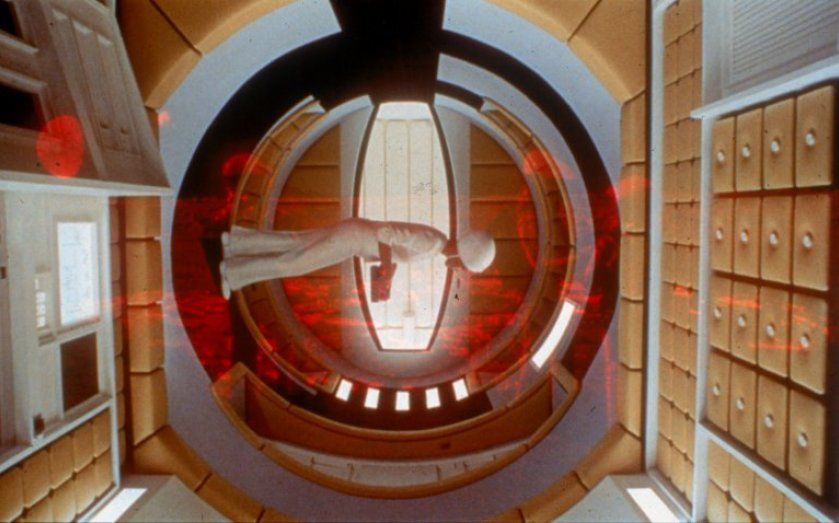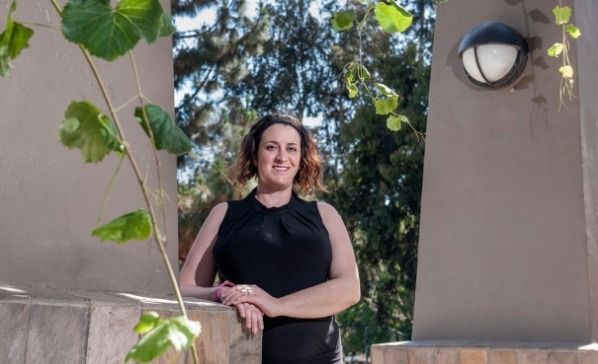Page 11341
Jun 6, 2016
Historian: When Computers and Biology Converge, Organisms Become Algorithms
Posted by Shailesh Prasad in categories: biotech/medical, computing, economics, food, information science
On May 11, 2016, the Berggruen Philosophy and Culture Center invited Yuval Noah Harari, a professor of history at Hebrew University of Jerusalem and author of the international bestseller “Sapiens: A Brief History of Humankind,” to deliver a talk on “The New Inequalities” at Tsinghua University in Beijing. Prior to the talk, Harari was interviewed by BPPC director Daniel A. Bell. This is an edited transcript of the interview.
You argue in your book that material progress, for example in the agriculture revolution and industrial capitalism doesn’t necessarily contribute to human happiness. In fact, it may lead to the opposite. Can you elaborate on that?
Until the middle of the 19th century there was a complete lack of correlation between material progress and the well-being of individual humans. For thousands of years until about 1850 you see humans accumulating more and more power by the invention of new technologies and by new systems of organization in the economy and in politics, but you don’t see any real improvement in the well-being of the average person. If you are the emperor of China, then obviously you’re much better off. But if you’re an average Chinese peasant in 1850, it’s very, very hard to say that your life is any better than the life of hunter-gatherers in the Yangtze Valley 20,000 years ago. You work much harder than them, your diet is worse, you suffer far more from infectious diseases, and you suffer far more from social inequality and economic exploitation.
Continue reading “Historian: When Computers and Biology Converge, Organisms Become Algorithms” »
Jun 6, 2016
Terminator-style self-healing material patented
Posted by Klaus Baldauf in categories: materials, robotics/AI
By NASA.
The iconic scene in the movie Terminator where T-1000 robot heals itself of the bullet holes has now become a technological reality.
Jun 6, 2016
Living circuits can handle complex computing
Posted by Klaus Baldauf in categories: biotech/medical, computing, electronics
Gene-based circuits are about to get decidedly more sophisticated. MIT scientists have developed a method for integrating both analog and digital computing into those circuits, turning living cells into complex computers. The centerpiece is a threshold sensor whose gene expression flips DNA, converting analog chemical data into binary output — basically, complex data can trigger simple responses that match the language of regular computers.
The practical applications are huge. Along with general-purpose computing, you could have advanced sensors that trigger different kinds of chemical production depending on levels for other chemicals. You could produce insulin when there’s too much glucose, for instance, or deliver different kinds of cancer therapy. And this isn’t just talk. Clinical trials for a simple gene circuit (which will treat gut diseases) are starting within a year, so you could see these organic machines in action before too long.
Jun 6, 2016
An ex-NASA chief has revealed a stealth startup that’s built “military-grade” Apple Siri voice recognition technology
Posted by Klaus Baldauf in categories: military, robotics/AI
A startup founded by a former top boss at NASA has emerged from so-called stealth mode with technology that claims to beat Apple, Google and Microsoft’s voice recognition technology.
Dan Goldin, who spent nearly all of the 1990s leading NASA, has revealed KnuEdge, a machine learning company that already boasts Fortune 500 clients and $100m in private funding despite its under the radar nature for the last decade.
“We are not about incremental technology. Our mission is fundamental transformation,” said Goldin.
Jun 6, 2016
Chronic stroke patients safely recover after injection of human stem cells
Posted by Sean Brazell in categories: biotech/medical, neuroscience
Injecting specially prepared human adult stem cells directly into the brains of chronic stroke patients proved safe and effective in restoring motor (muscle) function in a small clinical trial led by Stanford University School of Medicine investigators.
The 18 patients had suffered their first and only stroke between six months and three years before receiving the injections, which involved drilling a small hole through their skulls.
For most patients, at least a full year had passed since their stroke — well past the time when further recovery might be hoped for. In each case, the stroke had taken place beneath the brain’s outermost layer, or cortex, and had severely affected motor function. “Some patients couldn’t walk,” Steinberg said. “Others couldn’t move their arm.”
Continue reading “Chronic stroke patients safely recover after injection of human stem cells” »
Jun 5, 2016
$700 Robot Can Fold Your Laundry in Less Than a Minute
Posted by Shailesh Prasad in category: robotics/AI

San Francisco startup is set to release a robotic device that folds laundry it for you. Called FoldiMate, it uses sensors and ‘arms’ for professionally folded garments — and for $700 to $850.
















